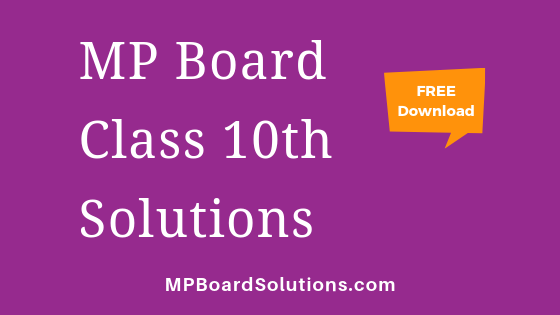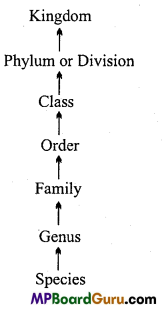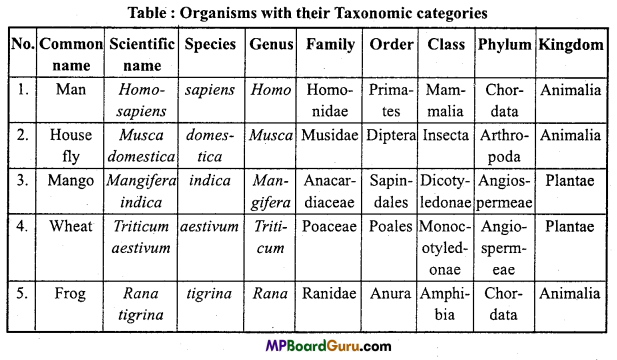MP Board Class 10th Books Solutions Guide Pdf download all subjects in both Hindi Medium and English Medium are part of MP Board Solutions. Here we have given NCERT Madhya Pradesh Syllabus MP Board Class 10 Text Book Solutions Pdf.
Students can also download MP Board 10th Model Papers to help you to revise the complete Syllabus and score more marks in your examinations.
MP Board Class 10th Books Solutions
- MP Board Class 10th Maths Solutions (गणित)
- MP Board Class 10th Science Solutions (विज्ञान)
- MP Board Class 10th Social Science Solutions (सामाजिक विज्ञान)
- MP Board Class 10th English Solutions (अंग्रेज़ी)
- MP Board Class 10th Hindi Solutions (हिंदी)
- MP Board Class 10th Sanskrit Solutions (संस्कृत)

We hope the given MP Board Class 10th Books Solutions Guide Pdf download all subjects in both Hindi Medium and English Medium will help you. If you have any queries regarding NCERT Madhya Pradesh Syllabus MP Board Class 10 Text Book Solutions Pdf, drop a comment below and we will get back to you at the earliest.






